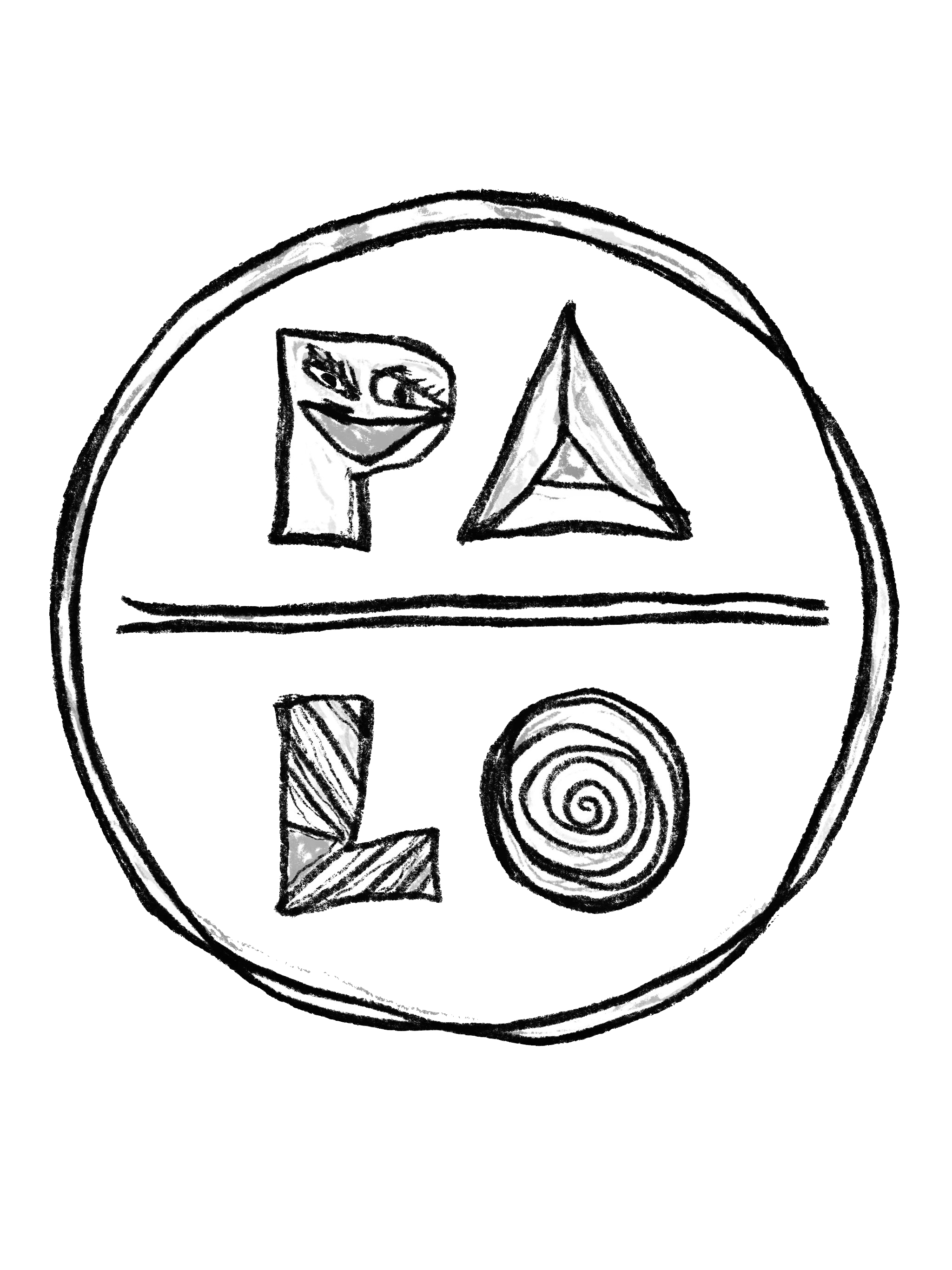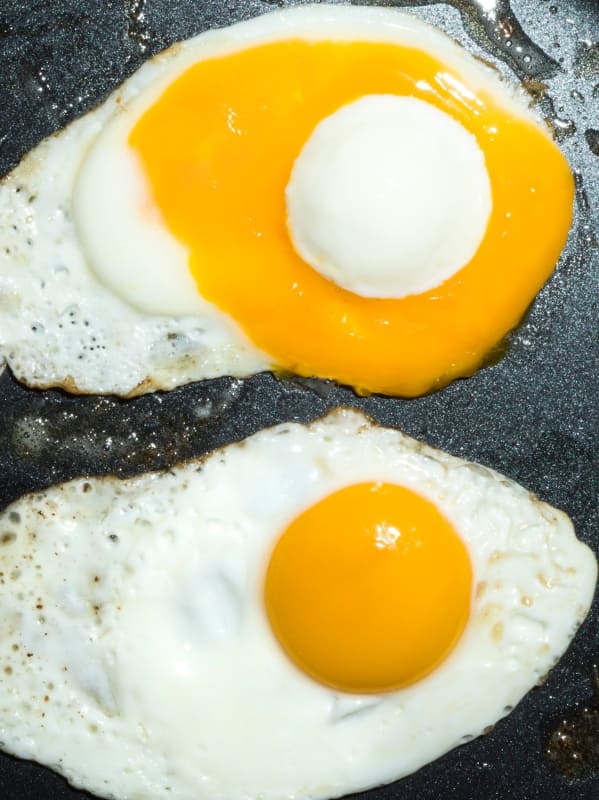‘American Glitch’ looks at the slip between fact and fiction and how this manifests in the viral images that circulate in virtual spaces and in the U.S. landscape. An ocean of information leaves us perpetually asking what’s real and what’s fake. In an era defined by the rise of increasingly sophisticated AI technologies, misinformation, prevalent screens, conspiracy theories, the notion that we’re existing within a simulation has become increasingly popular, often in a satirical collective protest to late stage capitalism, disinformation and increased dependence on technology. This notion that we’re living in a simulation appears online where images are posted as personal evidence of spotting a ‘glitch in real life’. This vernacular builds on ideas explored in movies like ‘The Matrix’ and ‘The Truman Show’.
We spent years treating the internet’s ocean of images as a mirror to reflect on our shared experience, almost like an updated Jungian collective subconscious. We collected posts on social media and followed rabbit holes online of people’s “evidence of glitches in real life”, witnessed in the U.S. landscape. We then carried out a photographic performance, where we took on the often mythologized photographer’s road trip across the U.S. to photograph these sites, playing with photography’s relationship to veracity, often using the visual language of evidence, state, and staged photography. Oftentimes these locations, many of which are associated with the military, present elaborate facades while allowing a view of their artifice.
"We pair the images we took during our photographic road trip performance with our artist archive of collected “glitches in real life”, Glitch Typologies. Glitch Typologies is a 16-channel installation made up of three cubes that cycle through choreographed constellations of these appropriated images. The archive is made up of viral images posted and recirculated on the internet as uncanny sightings of glitches in real life. The archive includes everything from spiritual, romantic, images (like sublime sightings of angels in the clouds), to deeply uncanny, funny images (like doppelgänger cats and dogs), all the way to conspiratorial speculations such as UFO sightings. Oftentimes, we collected the same glitch photographed anonymously from different angles and different times of day. Sometimes it is even the same exact image reposted, reminiscent of Hito Steyerl’s poor image life cycle on the internet. You can’t tell which images are altered, some of them we have altered with AI ourselves, leaving you truly wondering about the already uncanny siting. With this work, we are not so much interested in whether these images are actually real or not, but instead we’re interested in the ambiguous nature of these collectively circulated images that connect us all. The work explores the role the viewer plays in the consumption and interpretation of these images, and how a viewer’s projections about the meaning of an image is then thread back into the collective ocean of images.


